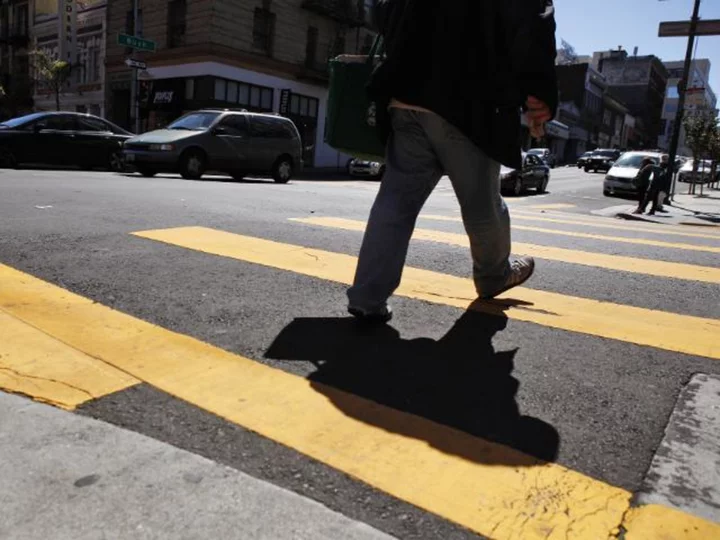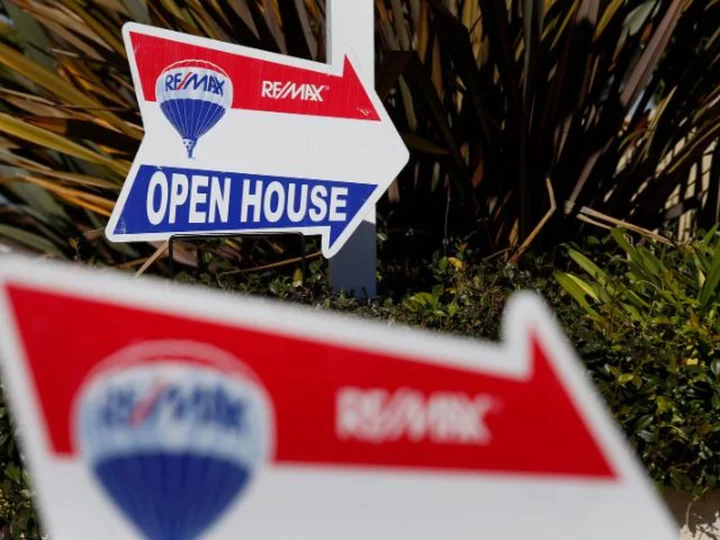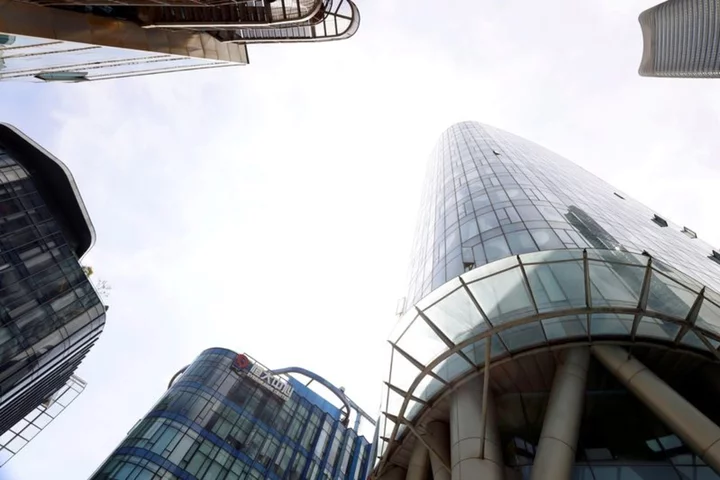The National Highway Traffic Safety Administration proposed new rules this week that would require that new cars be equipped with automatic emergency braking with pedestrian detection.
Automatic emergency braking, or AEB, is already standard on most passenger vehicles sold in the United States. In 2016, most major US automakers voluntarily signed a mutual agreement to include the technology on all new vehicles by last year. While that goal has not entirely been met, the technology was standard on 73% of new vehicles sold in America last year, according to the Insurance Institute for Highway Safety, an auto safety group financed by the insurance industry.
AEB is used mostly to prevent rear-end collisions, a very common type of crash. Vehicles with AEB use sensors such as radar, sonar, or cameras to detect when a vehicle ahead has slowed or stopped. If the driver fails to respond in time or with enough braking force, AEB systems will apply the brakes automatically. While AEB may not always intervene to prevent a crash it can, at least, lessen the severity of the impact. Research by the IIHS showed AEB systems reduced rear-end collisions by about 50%.
Vehicles with pedestrian detection add sensors or cameras to recognize the presence of people walking in front of the car as it drives. Again, if the driver fails to respond, the system will automatically stop the car. A recent study by the IIHS found that AEB with pedestrian detection reduced the risk of injury to pedestrians by about 30%. The same study found that the pedestrian detection systems in vehicles today are ineffective in low-light conditions, at high speeds, or when the vehicle is turning — so, significant improvements are still needed.
The proposed rule would require improvements to most systems that are available today, including preventing crashes at speeds of up to 62 miles an hour, something that most would not be capable of today. And pedestrian detection systems would need to demonstrate effectiveness in low light.
NHTSA has projected that, if the new rules are finalized, they could prevent about 360 deaths annually and prevent 24,000 injuries. An estimated 43,000 people in the United States were killed in traffic accidents last year. The proposed rule will now be made available for the public, industry and private groups to comment on.









